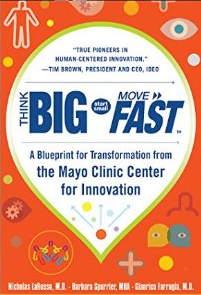Appealing to millennials is difficult enough for most industries, however the health insurance industry specifically struggles, as millennials feel invincible, and would rather diagnose themselves through Web MD than visit the doctor. Steve McCallion, CMO and creative director at Zoom+, recognizes this, and has developed a new approach to targeting millennials. McCallion says, “millennials are a healthy group, so you have to figure out how they think of their healthcare on a deeper level…not just something they have to do, but they want to do”. The team at Zoom+ emphasizes the millennial love for wellness, by offering incentives for healthy lifestyles, such as running a marathon. They know this younger age group is much more concerned with eating healthy and staying active than seeking medical intervention. One of their first campaigns was an animation, reminiscent of Schoolhouse Rock! The idea was to take the lengthy and confusing language of the ACA, and put it into a platform that millennials can relate to and understand.
To learn more about how Zoom+ is engaging millennials from MM&A, click here.


